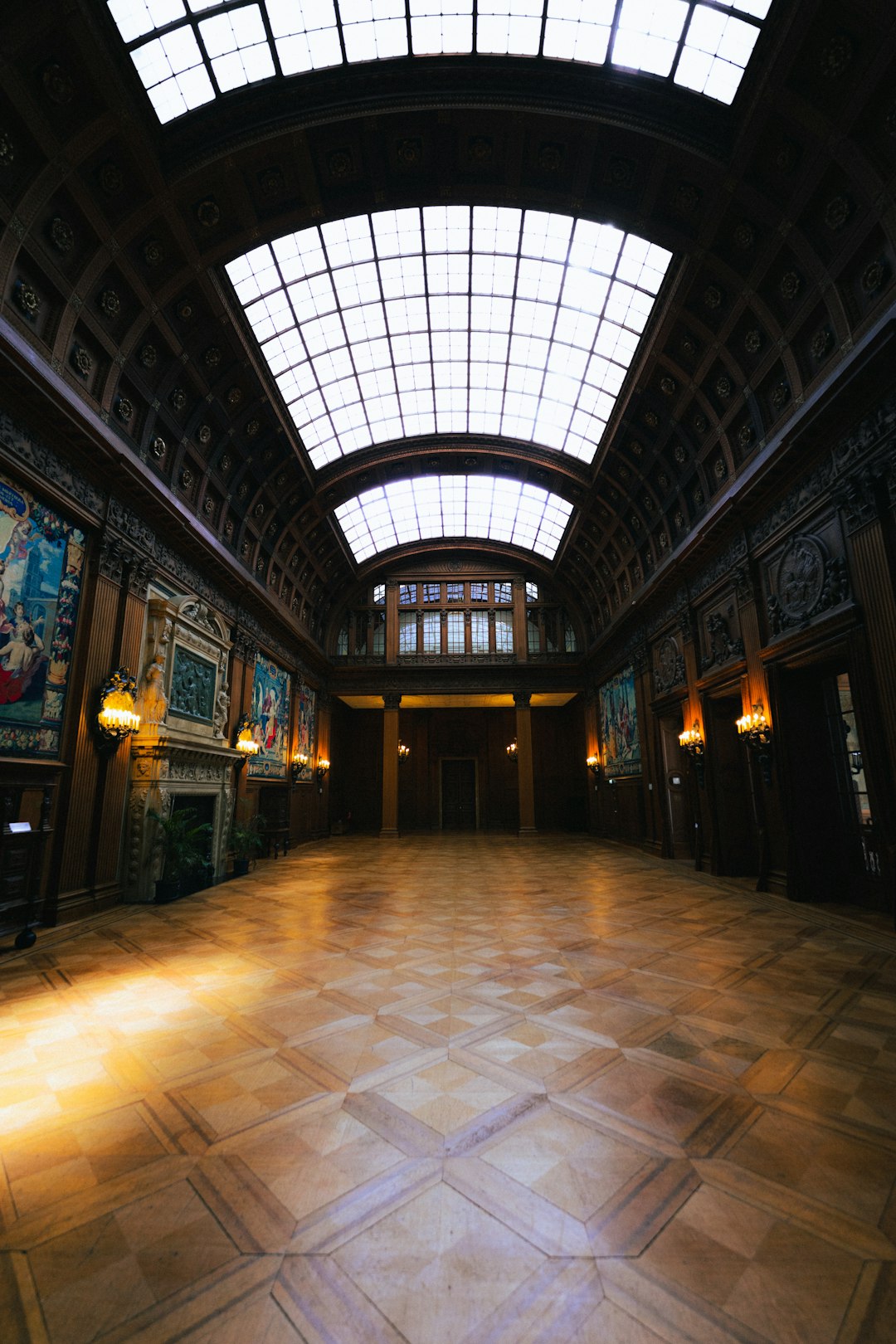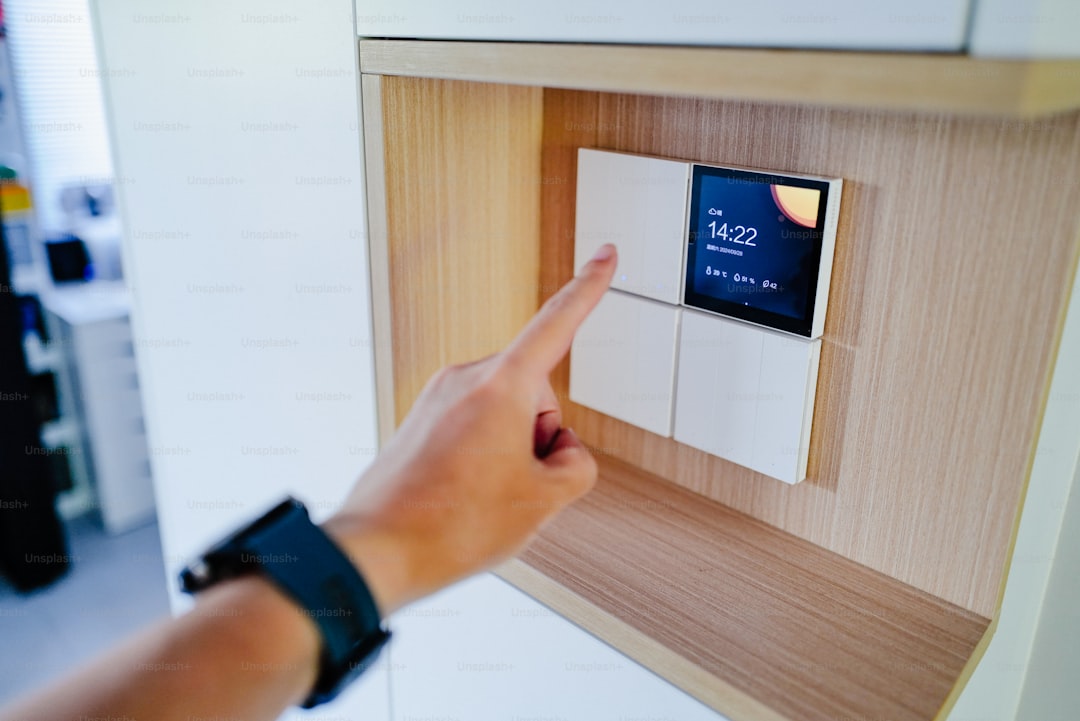Highland Dallas: Where Heritage Meets Bold Design Innovation

When Past Meets Future
In the heart of Dallas, where urban sophistication meets Texas swagger, The Highland Dallas stands as a masterclass in architectural evolution. This isn't just another hotel renovation story—it's a bold declaration that heritage properties can embrace radical design transformation while honoring their foundational identity. The result is a property that feels simultaneously timeless and revolutionary, proving that preservation and innovation are not opposing forces but complementary partners in hospitality excellence.
Rooted in Dallas Legacy
The Highland Dallas carries decades of stories within its walls. Originally conceived as a cornerstone of Dallas hospitality, the property has witnessed the city's transformation from regional hub to international destination. Its bones tell the story of mid-century American optimism, when hotels were built to be gathering places that reflected their communities' ambitions and character.
"We weren't just renovating a building," explains Sarah Chen, the project's lead architect. "We were stewarding a piece of Dallas history while reimagining what that history could mean for today's travelers. The challenge was honoring the property's heritage while creating something that feels genuinely contemporary—not nostalgic, but alive."
The original architecture featured the clean lines and functional elegance characteristic of its era, with generous public spaces designed for social interaction and guest rooms that prioritized comfort over ostentation. These foundational elements would become the canvas for one of Dallas's most ambitious hospitality transformations.
The Vision Emerges
The transformation began with a fundamental question: How do you modernize a heritage property without erasing what made it special? The design team, led by renowned hospitality architects Martinez + Wong in collaboration with local Dallas firm Thompson Studios, approached this challenge with both reverence and audacity.
"The building had incredible bones—soaring ceilings, generous windows, solid construction that could support bold interventions," recalls lead designer Maria Wong. "Our philosophy was surgical precision: preserve what tells the story, transform what serves today's guests, and add elements that point toward the future."
The $28 million renovation would span eighteen months, requiring the property to close completely—a significant financial risk that underscored the ownership's commitment to transformation rather than mere renovation. This wasn't about updating finishes; it was about reimagining hospitality for a new generation while maintaining connection to place and history.
Design as Storytelling
Every design decision became an opportunity to weave together past and present. The original terrazzo floors were meticulously restored and extended into new areas using contemporary techniques that created seamless transitions between eras. Mid-century furniture pieces were reupholstered in bold, contemporary fabrics that referenced Texas landscapes—sage greens inspired by Hill Country vegetation, warm terracottas echoing desert sunsets.
The lobby transformation exemplifies this approach. Original architectural elements—the graceful staircase, coffered ceilings, and floor-to-ceiling windows—were preserved and highlighted through strategic lighting and careful editing. But the space gained contemporary energy through sculptural seating arrangements, a dramatic art installation by Dallas artist Rebecca Martinez featuring abstracted oil derrick forms, and a custom reception desk crafted from reclaimed Texas limestone.
"We wanted guests to feel the building's history in their bones while experiencing cutting-edge design," explains interior designer James Thompson. "It's not about creating a museum or a time capsule—it's about showing how good design transcends eras and speaks to human needs across generations."
Honoring Craftsmanship Traditions
The renovation celebrated both traditional craftsmanship and contemporary innovation. Local artisans were commissioned to create custom elements that reflected Texas heritage while embracing modern aesthetics. Hand-forged iron work references cattle ranch traditions but appears in sleek, minimalist forms. Leather upholstery uses traditional tanning techniques but appears in unexpected colors and applications.
Guest room transformations showcase this philosophy beautifully. Original windows were restored to their full glory, providing natural light that illuminates custom millwork crafted by Dallas woodworkers using reclaimed Texas oak. Modern bathrooms feature locally quarried stone alongside contemporary fixtures, creating spaces that feel rooted in place but thoroughly current.
The most dramatic intervention occurred in the property's restaurant spaces. The original dining room's mid-century elegance was preserved through careful restoration of built-in banquettes and original lighting fixtures. However, the adjacent bar area underwent complete transformation, becoming a moody, sophisticated space featuring a living wall of native Texas plants and a stunning back-bar installation using reclaimed oil field equipment transformed into art.
Technology Meets Tradition
Modernization extended beyond aesthetics to include comprehensive technology upgrades that enhance guest experience while remaining invisible to the casual observer. The property's infrastructure was completely rebuilt to support contemporary expectations—high-speed internet, advanced climate control, and smart room features—while maintaining the building's original character.
"Technology should serve the guest experience, not dominate it," notes General Manager Elena Rodriguez. "We integrated sophisticated systems that anticipate guest needs while keeping the focus on human connection and authentic hospitality. The goal was seamless functionality that feels effortless."
Smart lighting systems adapt throughout the day to complement natural light patterns, while climate control systems learn guest preferences and adjust automatically. In-room technology is thoughtfully concealed, maintaining clean sightlines while providing comprehensive connectivity options.
Creating Contemporary Luxury
The transformation redefined luxury for The Highland Dallas, moving beyond traditional opulence toward experiential sophistication. The new spa, carved from former office space, features treatment rooms with floor-to-ceiling windows overlooking the Dallas skyline. Treatments incorporate locally sourced ingredients—prickly pear cactus, Texas honey, mineral-rich clay from East Texas—creating wellness experiences rooted in regional traditions.
The fitness center occupies a dramatic double-height space featuring original architectural details alongside state-of-the-art equipment. Natural light floods the space during morning hours, while evening lighting creates an energizing atmosphere for after-work sessions. The design proves that functional spaces can be beautiful and inspiring.
Event spaces underwent equally thoughtful transformation. The original ballroom's mid-century elegance was preserved and enhanced through strategic lighting upgrades and audio-visual improvements that remain completely concealed when not in use. Smaller meeting rooms were reconfigured to support contemporary collaboration styles while maintaining the building's sophisticated character.
Dallas Cultural Integration
The renovation strengthened The Highland Dallas's connection to its city through partnerships with local artists, craftspeople, and cultural institutions. The property's art collection features exclusively Dallas-based artists, creating a rotating gallery that showcases the city's creative energy while supporting the local arts community.
Culinary programs emphasize Texas ingredients and cooking traditions while embracing contemporary techniques. The hotel's restaurant sources directly from Texas farms and ranches, creating menus that taste distinctly of place while appealing to sophisticated palates. The bar program features craft spirits from Texas distilleries alongside classic cocktails that reference Dallas's cultural heritage.
"We didn't want to create a generic luxury hotel that happened to be in Dallas," explains Rodriguez. "We wanted to create a distinctly Dallas hotel that happens to be luxurious. That distinction shapes every decision we make, from programming to partnerships."
Sustainable Heritage Preservation
The renovation embraced sustainability as both environmental responsibility and economic wisdom. Preserving the existing structure represented massive embodied energy savings compared to new construction. Original materials were restored rather than replaced whenever possible, reducing waste while maintaining authentic character.
New systems prioritize energy efficiency without compromising guest comfort. LED lighting systems reduce energy consumption by 40% compared to the property's previous configuration, while improved insulation and window restoration significantly reduce heating and cooling demands. Water conservation measures include low-flow fixtures and native plant landscaping that requires minimal irrigation.
"Sustainability isn't just about new buildings," notes architect Chen. "Some of the most sustainable projects involve breathing new life into existing structures. We're keeping buildings in use, preserving craftsmanship, and creating spaces that will serve generations of guests."
Opening and Reception
The Highland Dallas reopened in late 2023 to immediate acclaim from both guests and industry professionals. The property achieved 92% occupancy during its first month of operation, with average daily rates commanding a 35% premium over previous performance. Guest reviews consistently praise the seamless integration of heritage elements with contemporary amenities.
Travel industry recognition followed quickly. Condé Nast Traveler included The Highland Dallas in its "Best New Hotels in America" list, while Architectural Digest featured the property's renovation as a case study in successful adaptive reuse. The American Institute of Architects awarded the project its Excellence in Historic Preservation Award.
"The response has been overwhelming," reflects Rodriguez. "Guests consistently tell us they've never experienced anything quite like this—a property that feels both deeply rooted and completely fresh. That's exactly what we hoped to achieve."
Impact on Dallas Hospitality
The Highland Dallas transformation has influenced hospitality development throughout the region. Other historic properties are exploring similar approaches to renovation that honor heritage while embracing contemporary design. The project demonstrates that preservation and innovation can create competitive advantages in today's hospitality market.
Local hospitality professionals study the property's approach to staff training, which emphasizes both technical excellence and storytelling ability. Team members are equipped to discuss the building's history, the renovation process, and the design philosophy, creating authentic connections with guests who appreciate the property's thoughtful approach to heritage preservation.
The economic impact extends beyond the hotel itself. The renovation supported 300 construction jobs and now provides employment for 180 full-time staff members. Local artisans, suppliers, and service providers benefit from ongoing partnerships that prioritize regional sourcing and collaboration.
Lessons in Heritage Innovation
The Highland Dallas transformation offers valuable insights for heritage hotel renovations:
Authentic Integration: Successful heritage preservation requires understanding what makes a property special and finding contemporary expressions of those qualities rather than simple replication.
Local Partnership: Engaging regional artists, craftspeople, and suppliers creates authentic connections to place while supporting local communities.
Infrastructure Investment: Comprehensive upgrades to mechanical, electrical, and technology systems are essential for contemporary guest expectations while supporting long-term sustainability.
Staff Empowerment: Training teams to understand and articulate the property's story creates authentic guest experiences that justify premium positioning.
Quality Focus: Prioritizing craftsmanship and materials over trendy finishes creates spaces that age gracefully and maintain their appeal over time.
Future Vision
As The Highland Dallas continues evolving, the property serves as a model for heritage hotel development. Plans include expanding the art program, developing signature experiences that showcase Dallas culture, and strengthening partnerships with local cultural institutions.
"This renovation wasn't an endpoint—it was a new beginning," concludes Chen. "We've created a foundation that can support continuous evolution while maintaining its essential character. That's the mark of truly successful adaptive reuse: buildings that can grow and change while retaining their souls."
The property's success has attracted attention from hospitality developers seeking to replicate its approach in other markets. However, the team emphasizes that successful heritage preservation cannot be formulaic—each property requires individual understanding and customized solutions.
Legacy of Transformation
The Highland Dallas stands as proof that heritage properties can embrace bold transformation without sacrificing authenticity. In an industry often torn between preservation and progress, this project demonstrates that the most compelling hospitality experiences emerge from thoughtful integration of past and present.
For Dallas, The Highland Dallas represents more than successful hotel renovation—it exemplifies the city's broader evolution from regional center to global destination. The property honors Texas traditions while embracing international sophistication, creating experiences that feel distinctly local yet universally appealing.
"Every guest who experiences our transformation becomes part of our continuing story," reflects Rodriguez. "They're not just staying in a renovated hotel—they're participating in an ongoing conversation between heritage and innovation. That's the future of hospitality: creating spaces where history lives alongside possibility."
As the Texas sun sets through restored windows, casting warm light across spaces where mid-century elegance meets contemporary sophistication, The Highland Dallas continues its journey. No longer bound by its past but enriched by its heritage, the property points toward a future where preservation and innovation create hospitality experiences that transcend time while celebrating place.
The transformation proves that heritage hotels need not choose between honoring history and embracing the future. With vision, commitment, and respect for craft, historic properties can become stages for hospitality's next chapter—spaces where stories of the past inspire possibilities for tomorrow.



